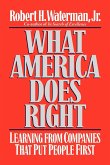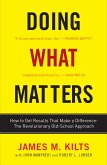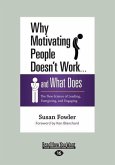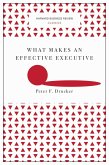True or false? "America is falling behind in world competition". The surprise answer is "false". Recent research on industrialized nations shows that American workers outproduce workers in Germany and France by 20 percent, workers in Britain by over 30 percent, and Japanese workers by over 60 percent. The reason has nothing to do with technology, worker attitude, or worker skill. In this incisive, anecdotal book Robert H. Waterman, Jr., looks at some of the best American firms and concludes that the key to strategic advantage is organization: they are organized to focus on the things that motivate their own people, and organized to anticipate customer needs. Waterman's crisp case studies give us an insider's view of why these firms are so good. For example, we'll see how Procter & Gamble gets a productivity advantage of 30-40 percent through a work force that's essentially self-managing. (Procter & Gamble developed this system over thirty years ago and considered it so strategic that they wouldn't talk about it until now.) We'll see how a set of strongly held, shared values - not strategy - built the AES Corporation from a start-up eleven years ago to a company whose market value today is close to $1.7 billion. Waterman also gives us an in-depth look at how companies such as Merck and Rubbermaid maintain a strategic edge through raw innovation. In 1993 Rubbermaid invented 365 new products, one for every day of the year. How did they manage it? Waterman's argument is firmly grounded in specific details and in firsthand observation. But his message about American competitiveness transcends any particular case history or industry. All of us can learn from the example of these firms that inone way or another strike out into new frontiers of excellence.
Hinweis: Dieser Artikel kann nur an eine deutsche Lieferadresse ausgeliefert werden.
Hinweis: Dieser Artikel kann nur an eine deutsche Lieferadresse ausgeliefert werden.








